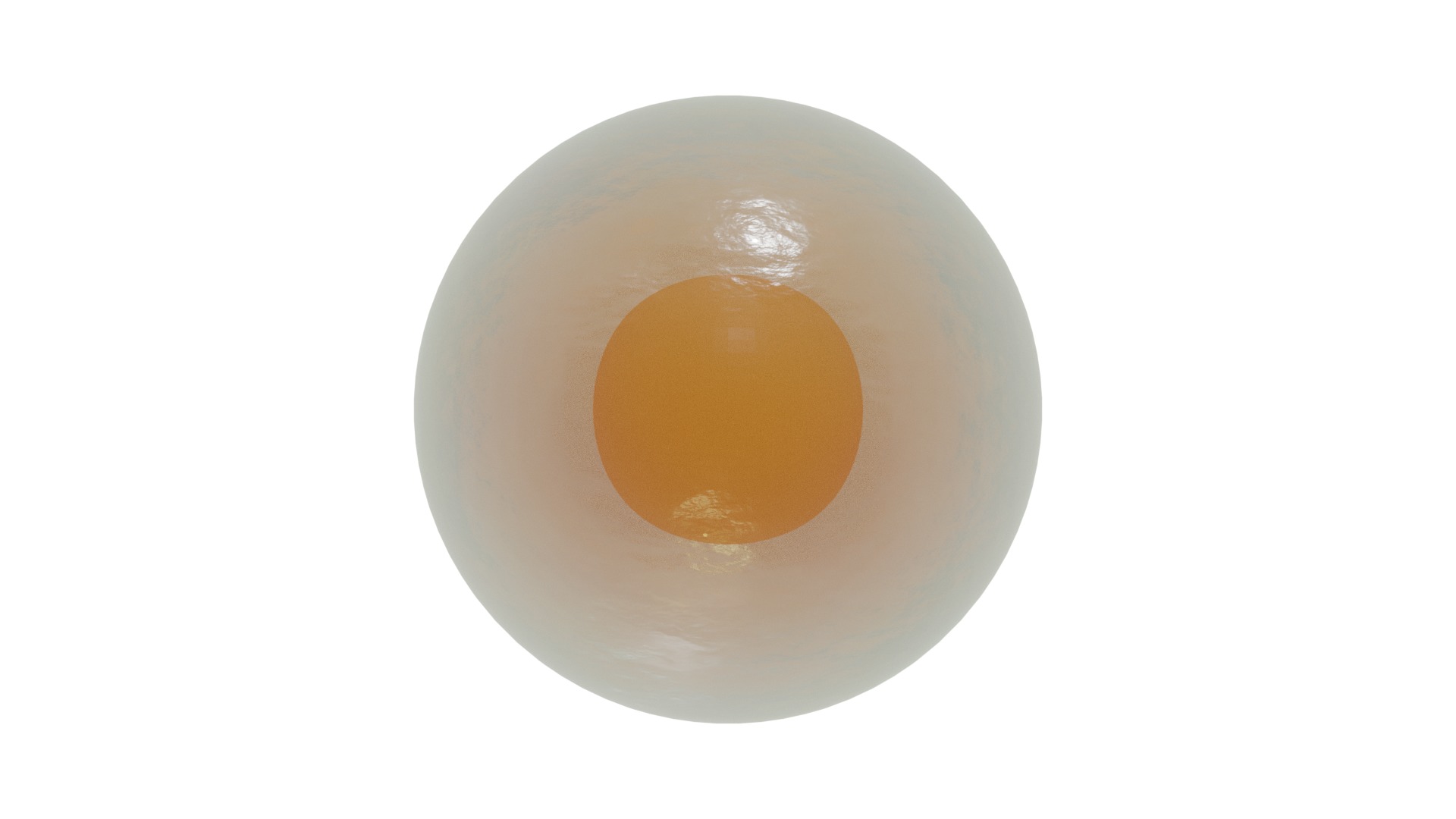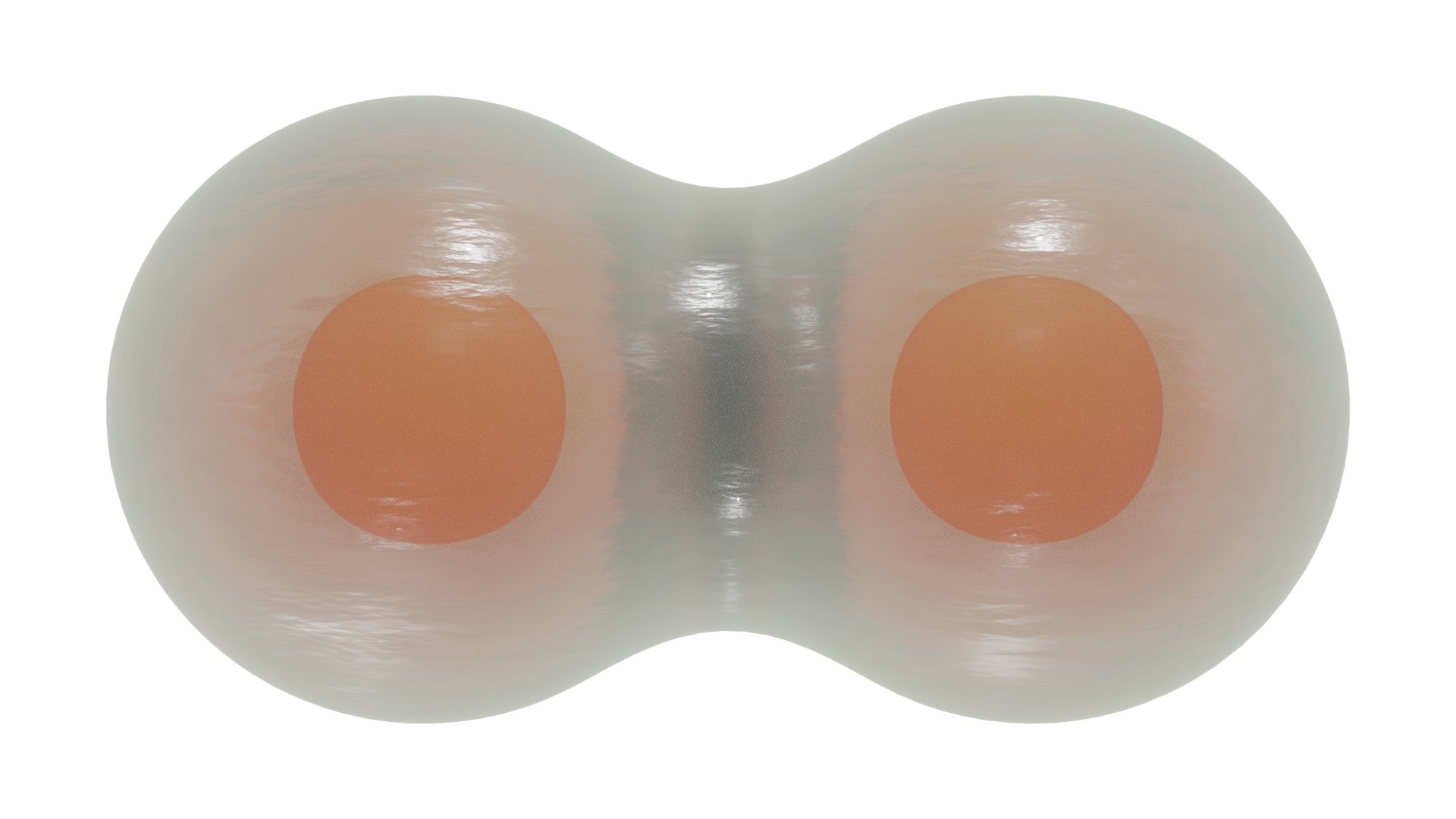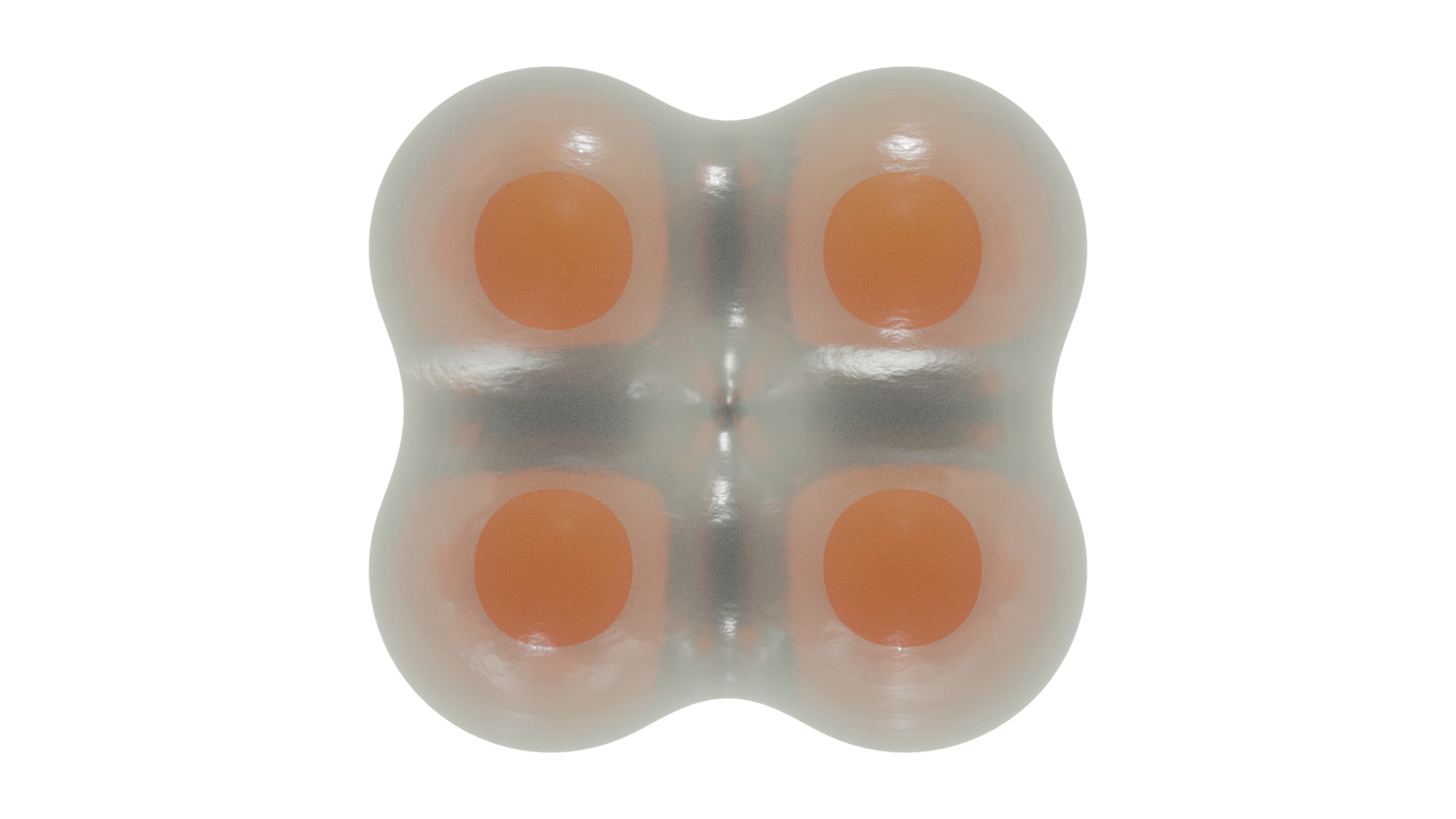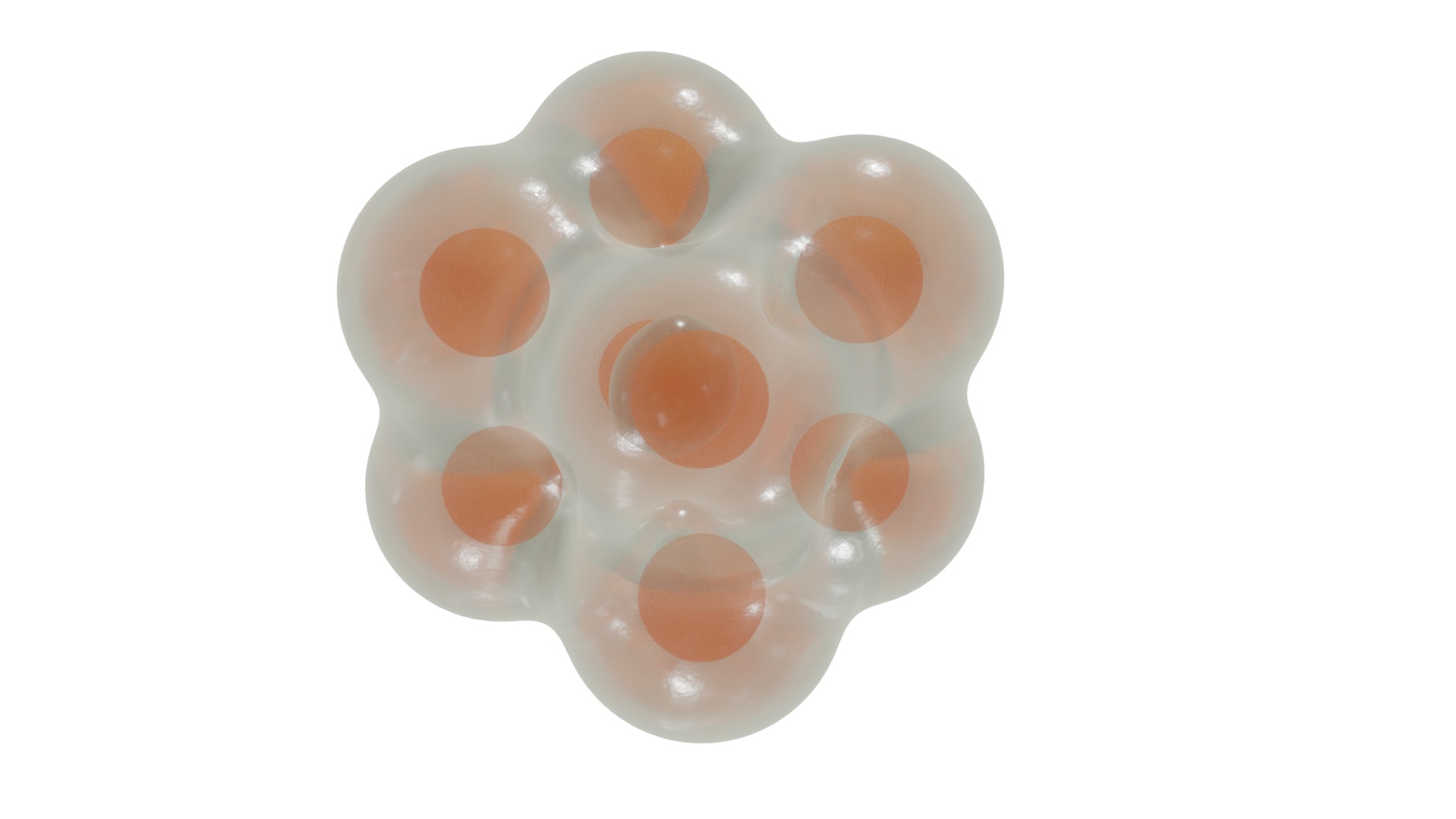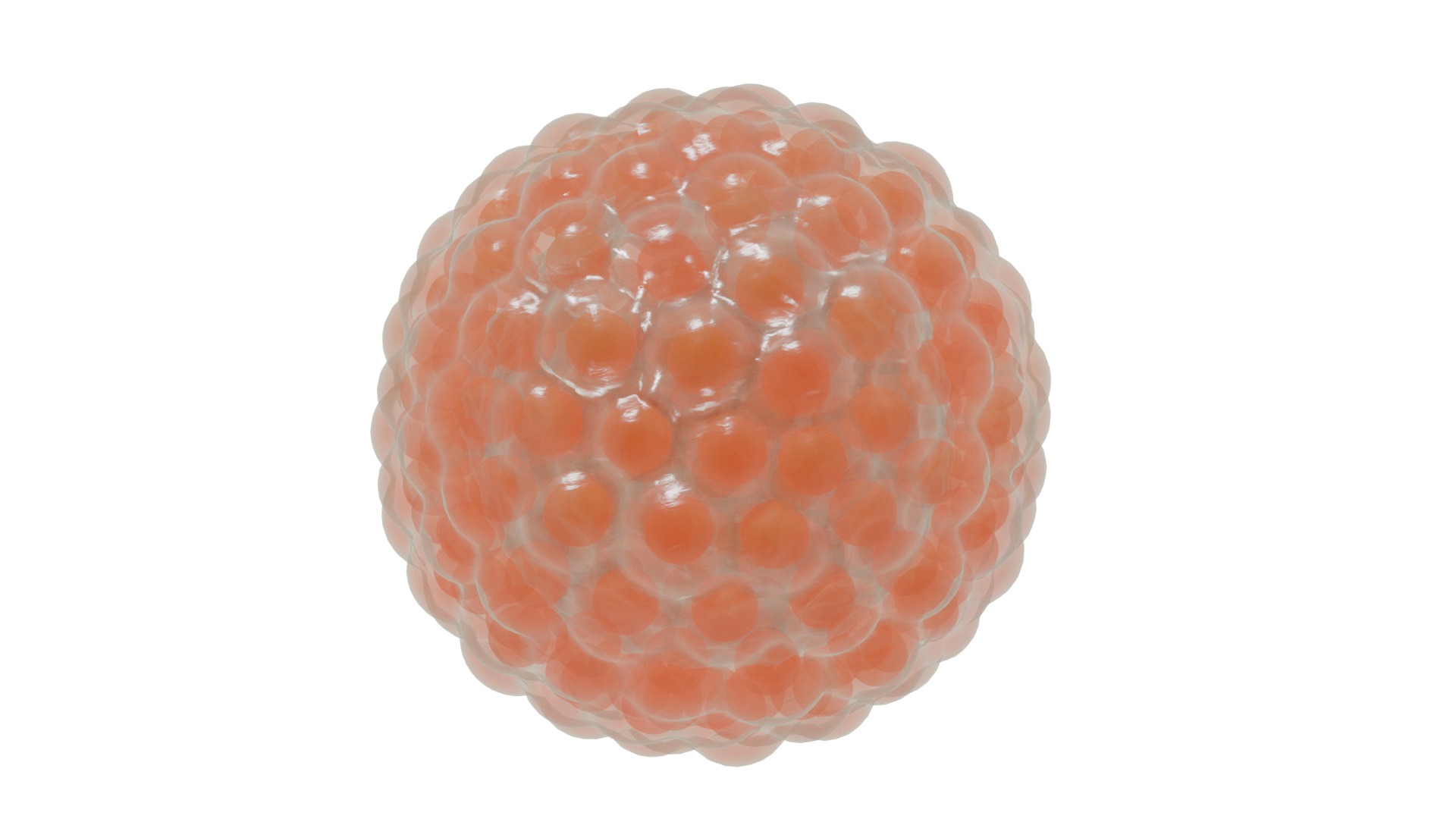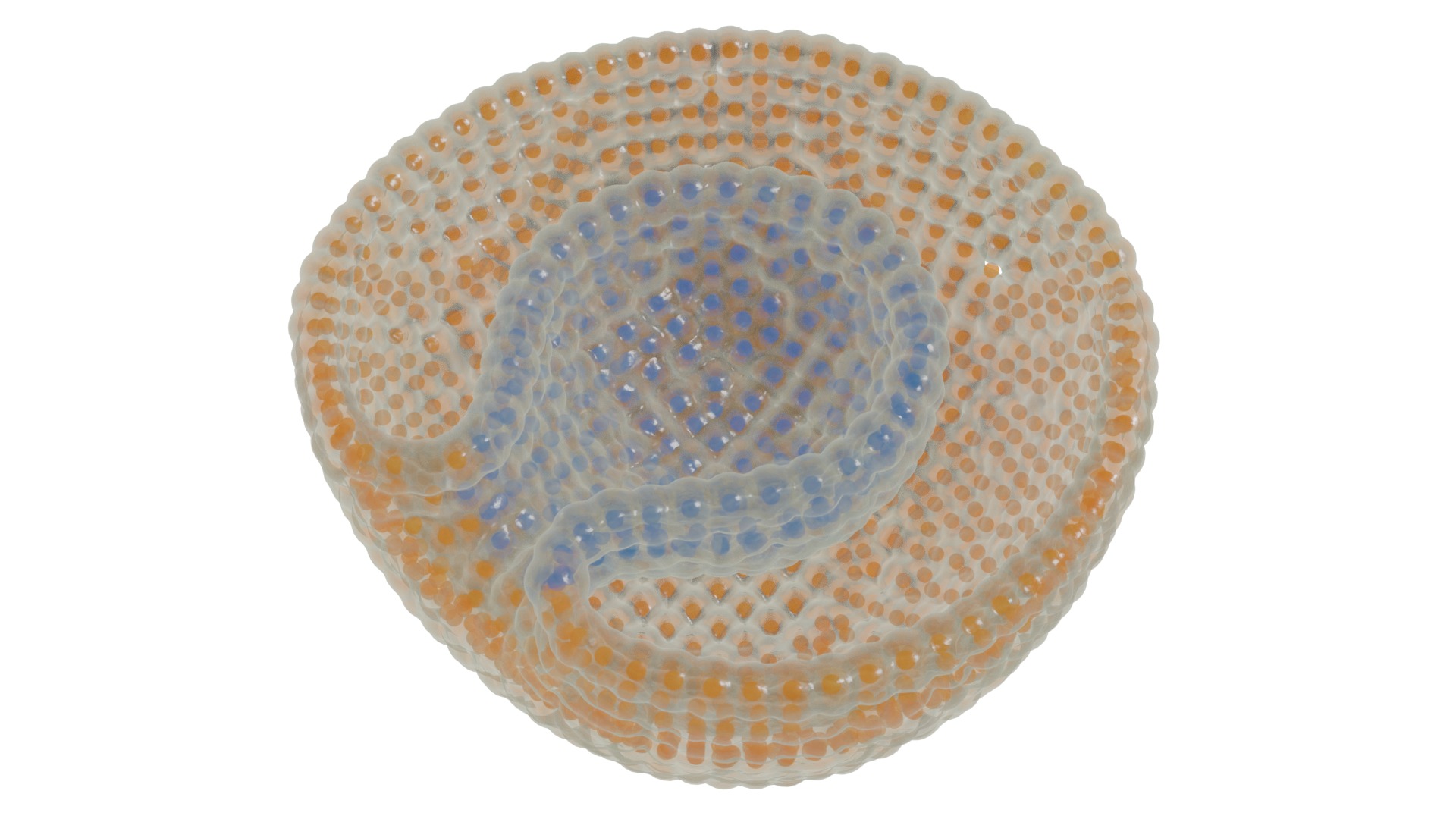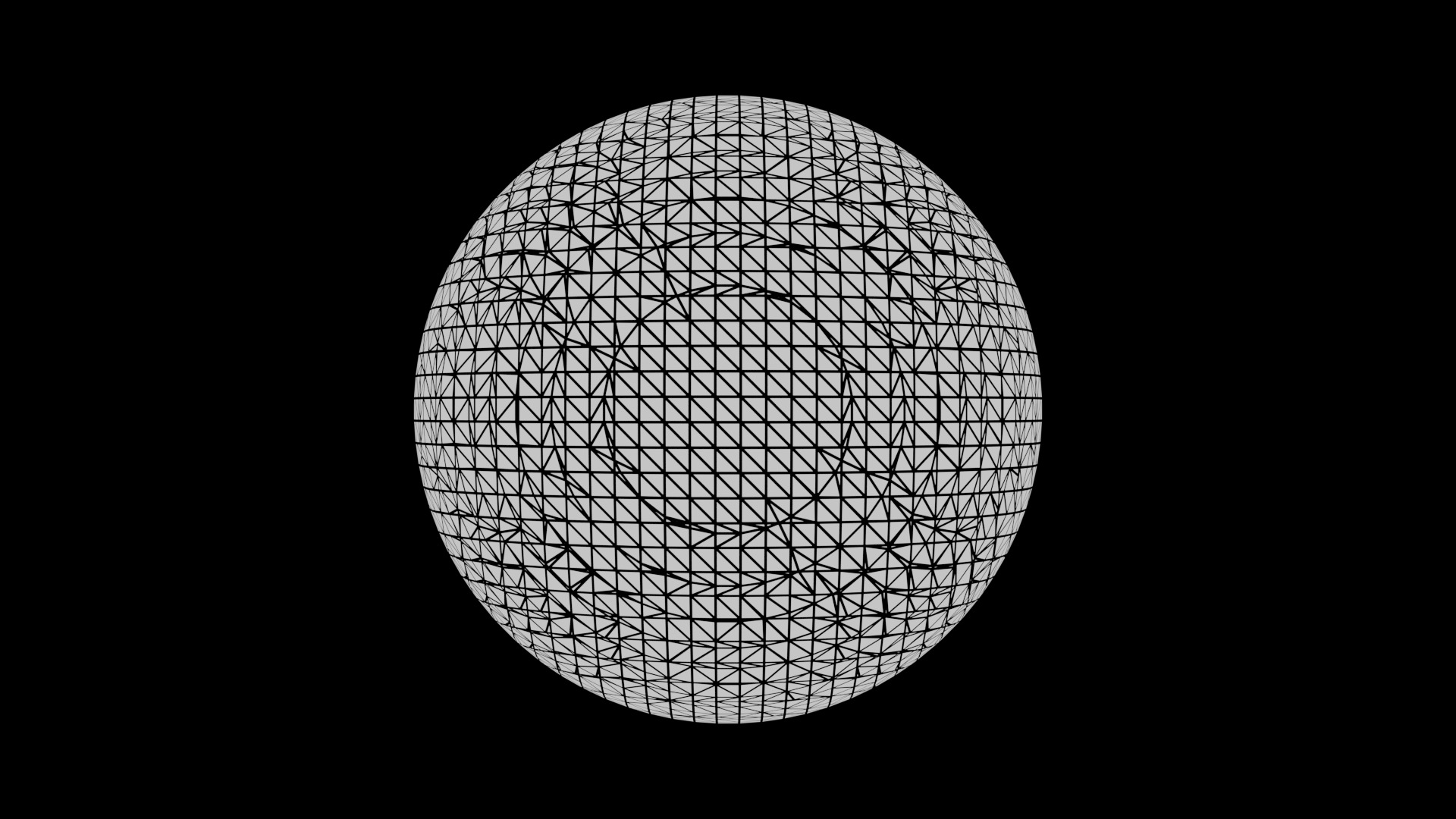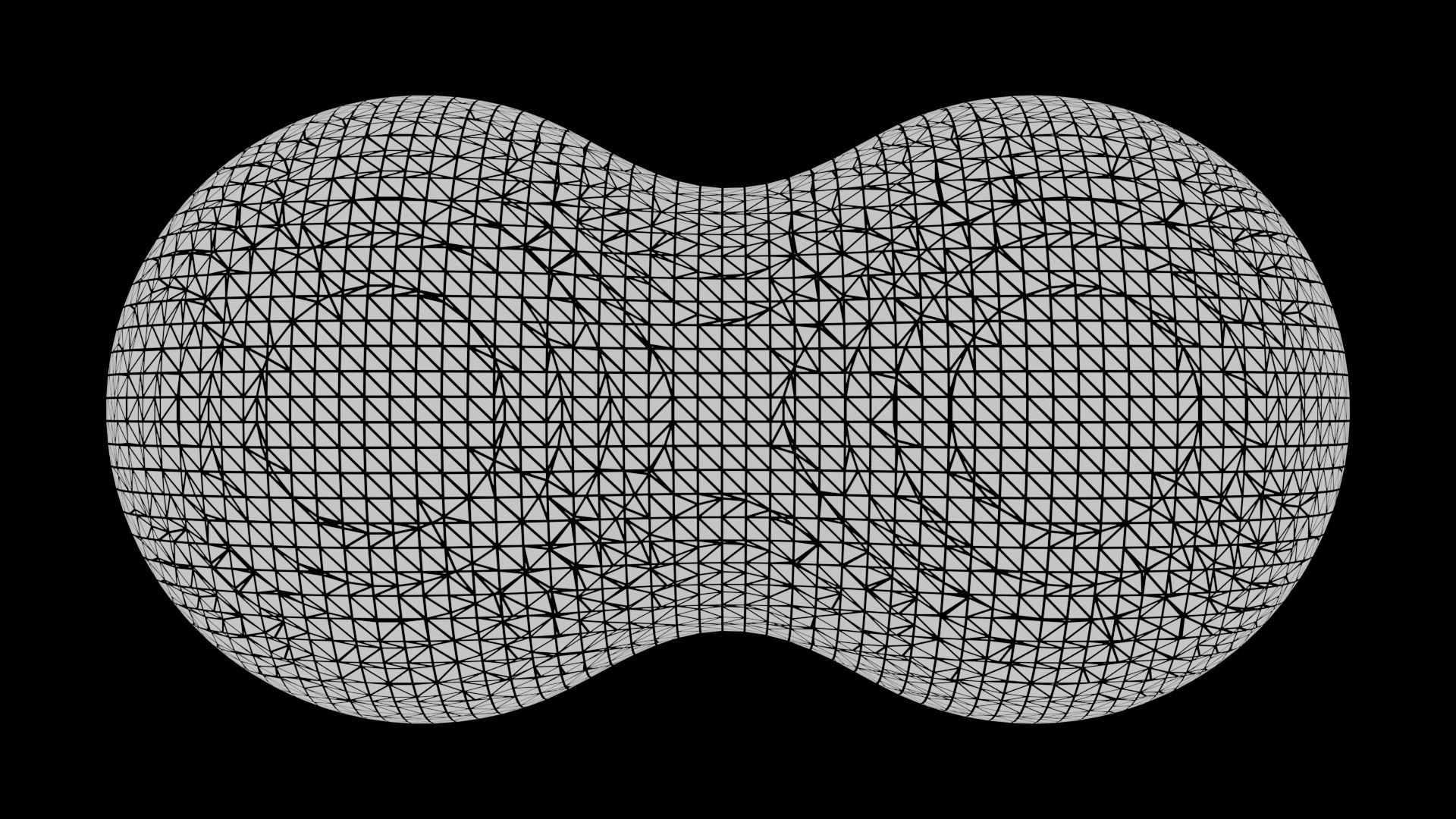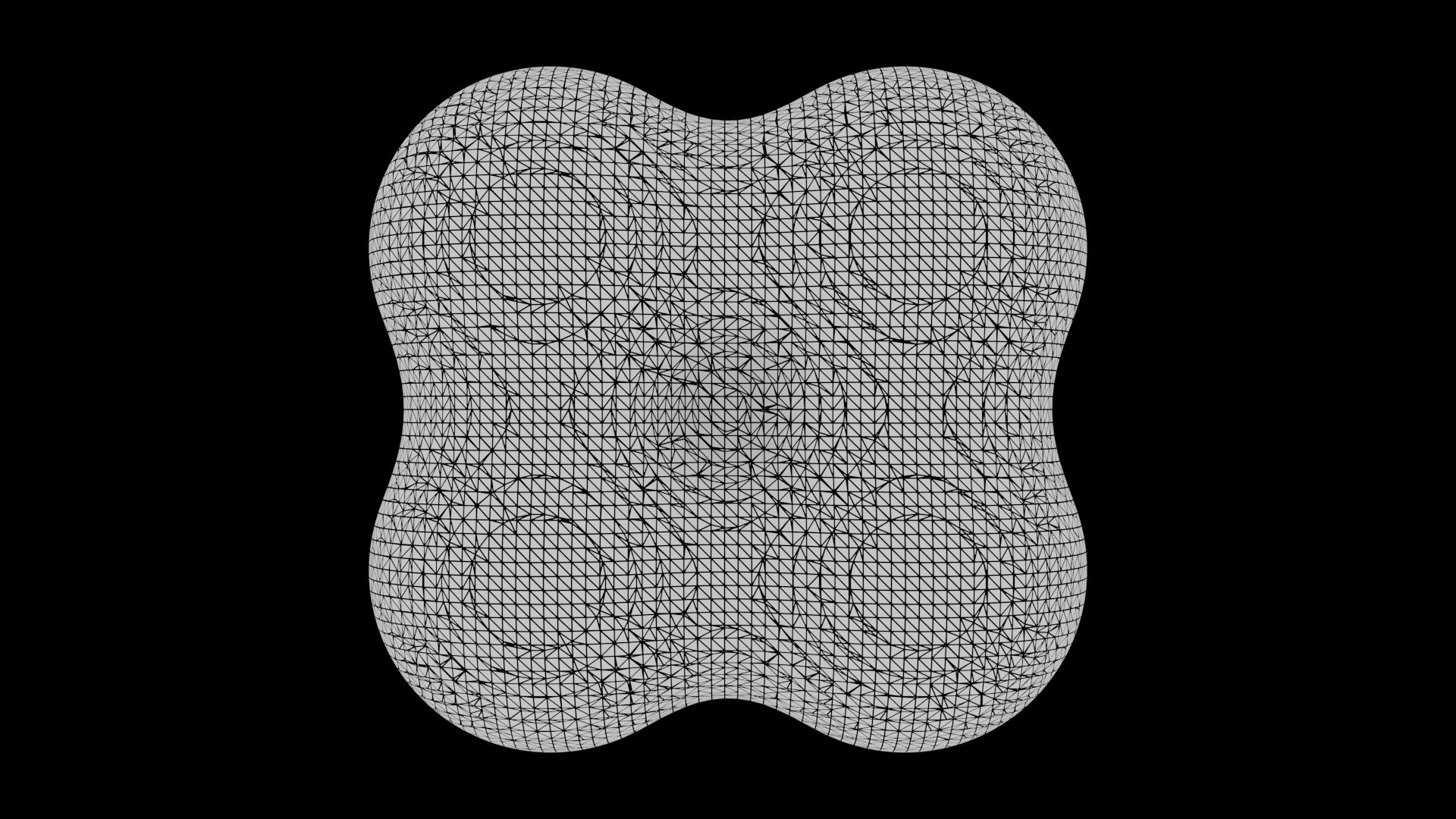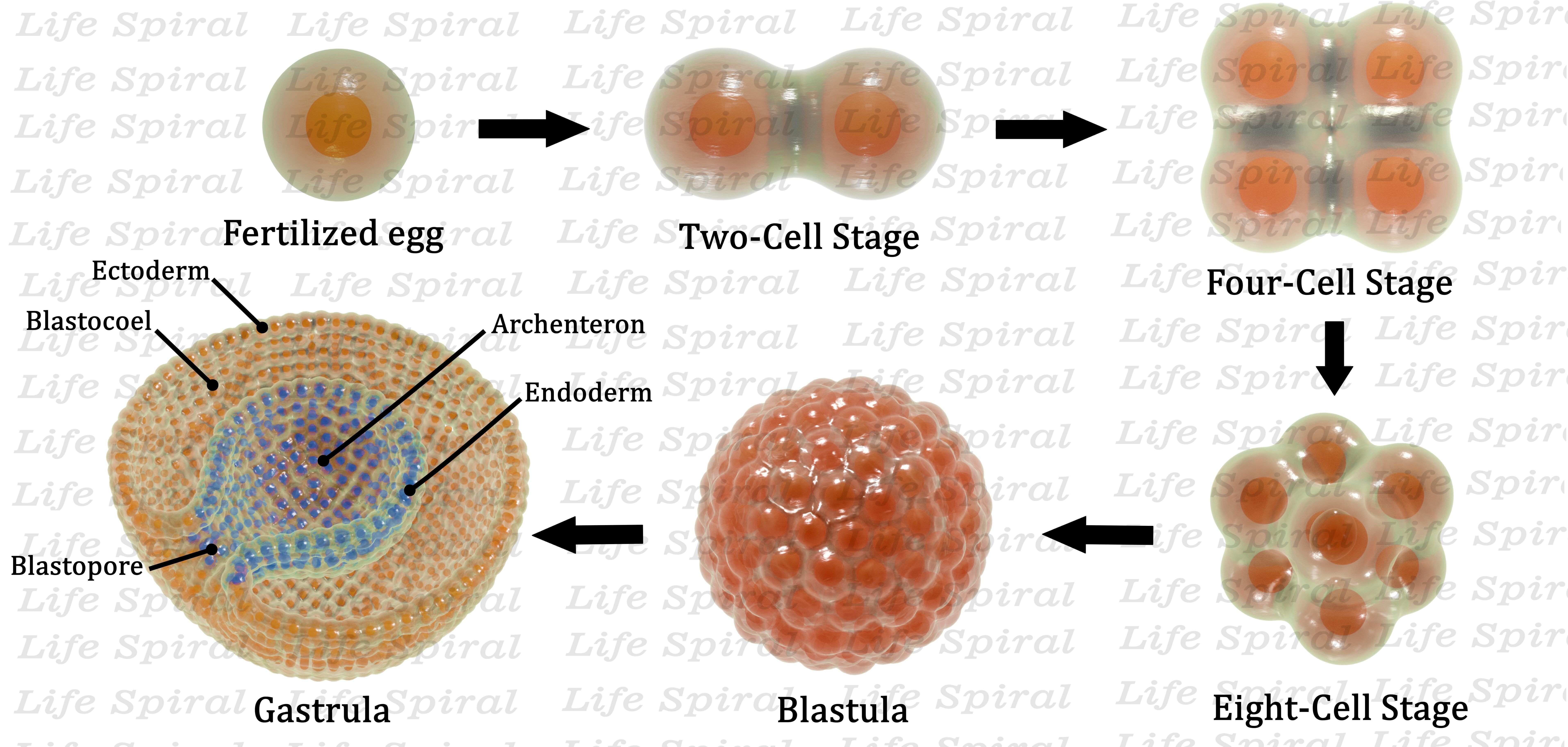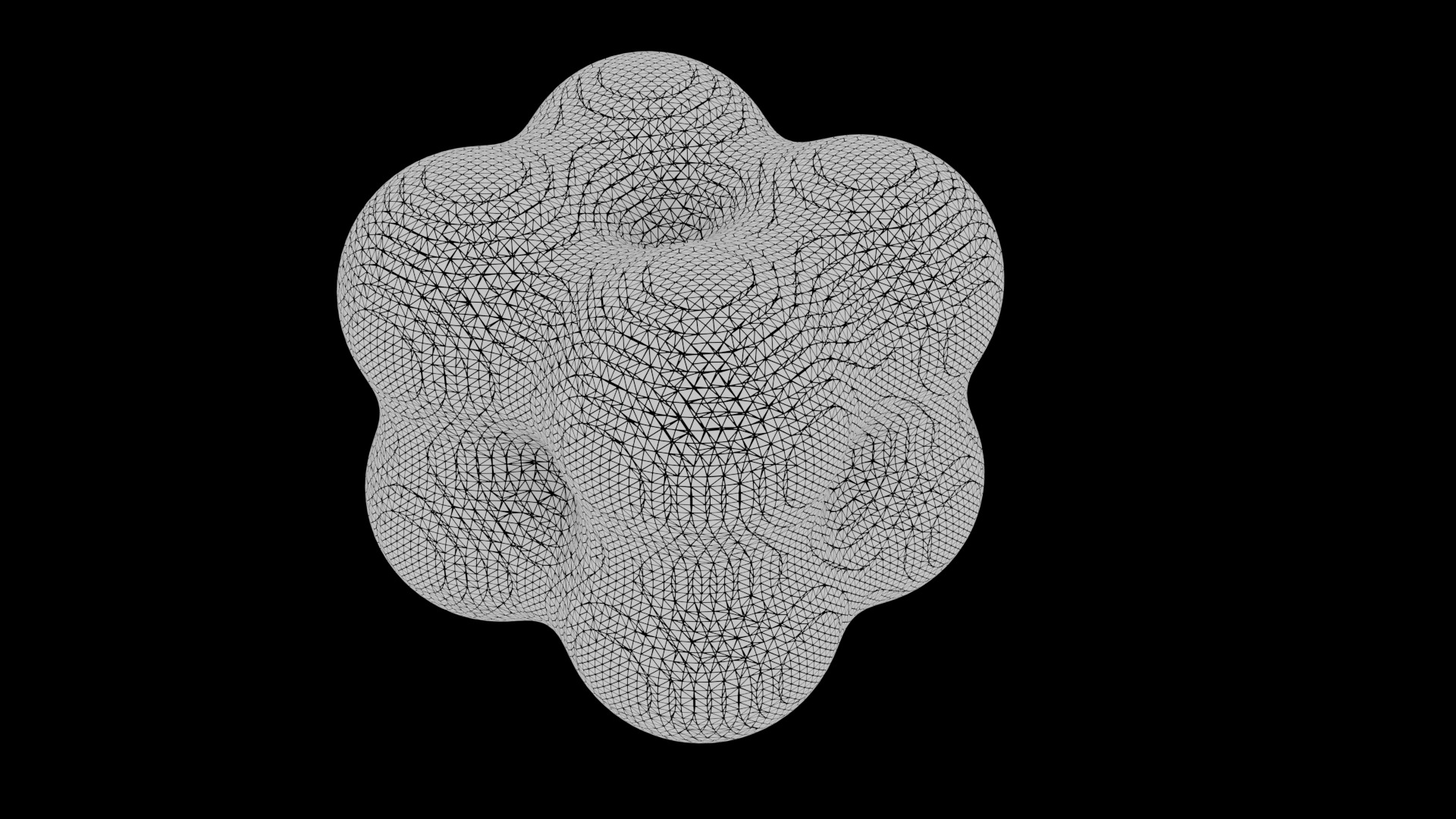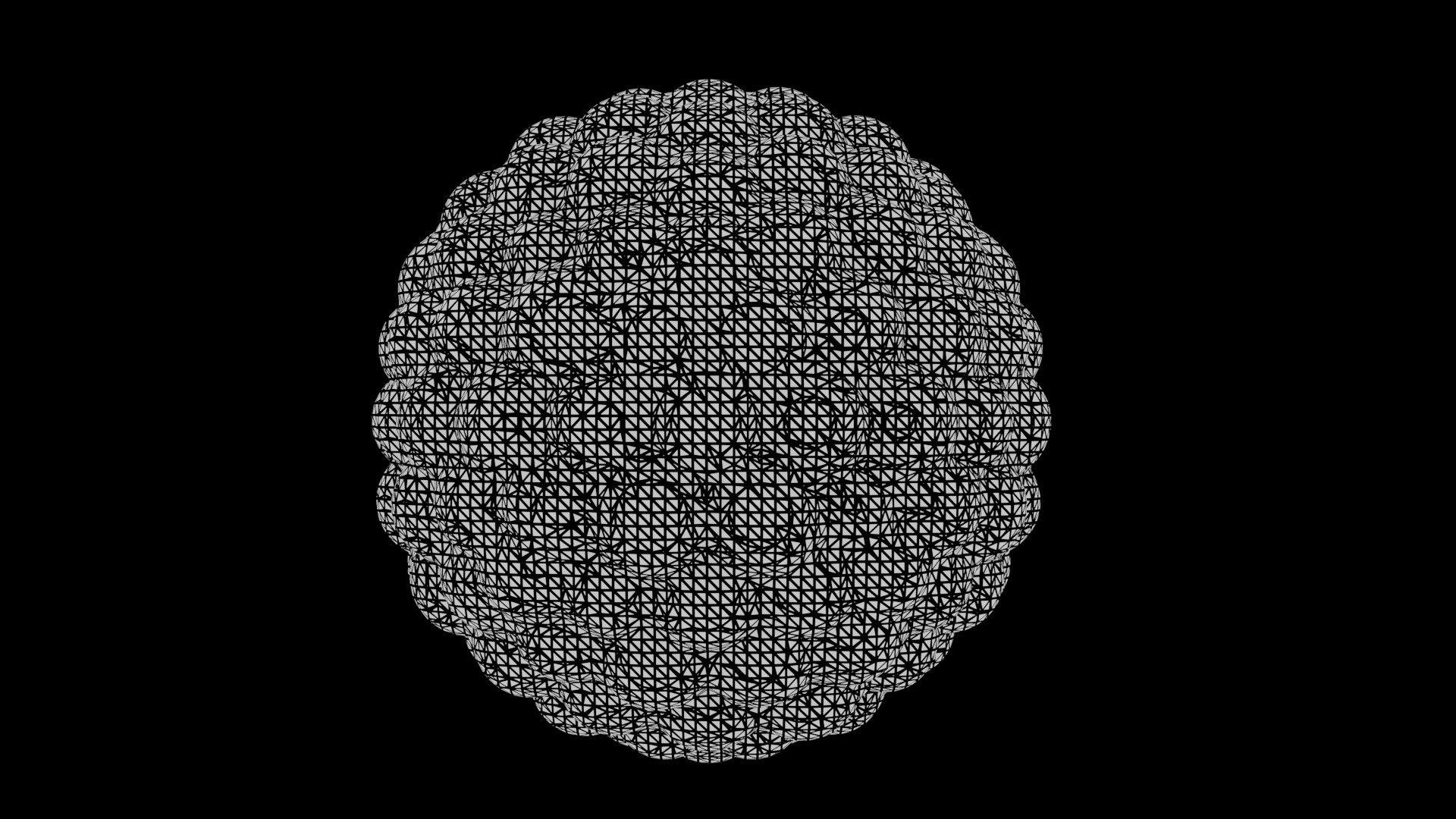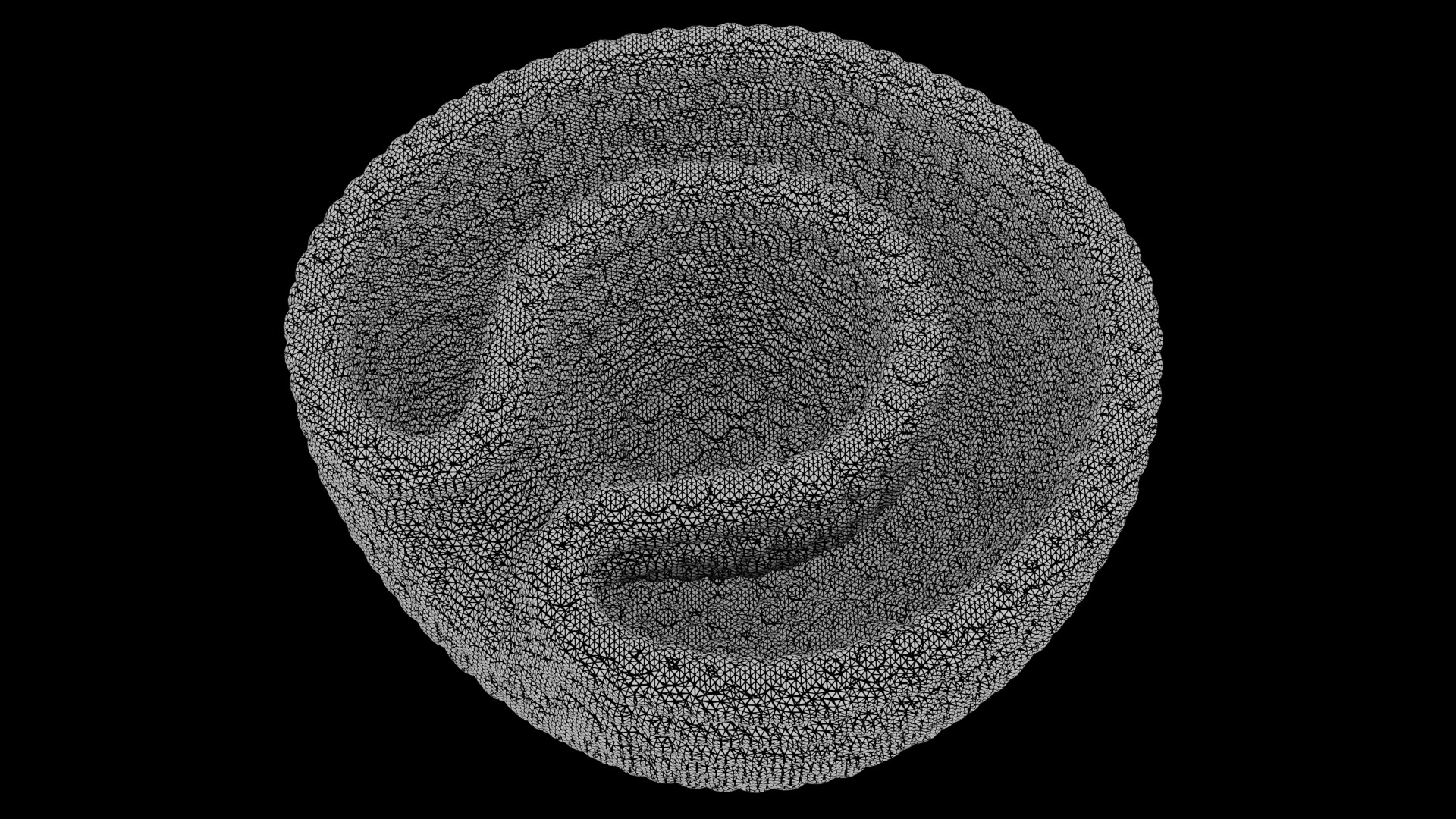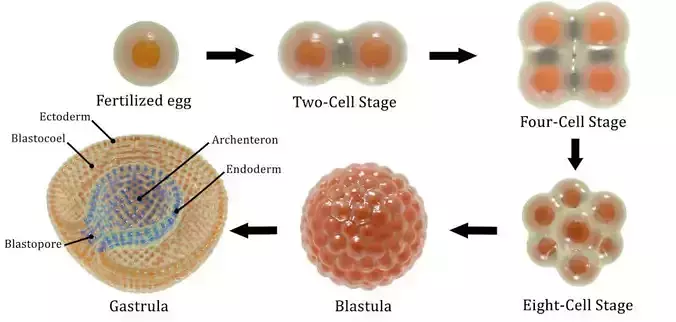
Stages of segmentation of a fertilized egg up to the gastrula 3D model
Information: These models illustrate the process of early cell subdivision after fertilization. The basic cells are metaballs parented to meshes corresponding to the nucleus, each file possess custom textures. For the more complex models of the blastula and gastrula, it is used particle systems to emulate the expansion of cellular tissues. After fertilization, the fertilized egg (or zygote) undergoes a series of rapid cell divisions known as cleavage or segmentation, producing smaller cells called blastomeres. This process is essential for setting up the structure of the developing embryo. As cleavage continues, the cells form a solid ball, and the embryo begins to take shape. The process then transitions into gastrulation, which is the formation of the three primary layers of the embryo, known as germ layers: the ectoderm (which will become the skin and nervous system), the mesoderm (which will form muscles, bones, and the circulatory system), and the endoderm (which will develop into the digestive and respiratory systems). The gastrula stage marks the point when these three germ layers are established, signifying a major transition in development.

